The EYFS seven areas of learning and development are defined by the English government as:
- Three prime areas:
- Communication and Language
- Personal, Social and Emotional Development (PSED)
- Physical Development
- And four specific areas:
- Literacy
- Mathematics
- Understanding the World
- Expressive Arts and Design (EAD)
We’ve taken a look through the government’s EYFS statutory framework for group and school-based providers to give you the rundown on what each of those means. We’ve also linked some fabulous activities for each, seeing as play should be the vehicle children learn through.
Let’s jump in!
What are the three prime areas of learning and development?
The three prime areas of learning and development in EYFS are mentioned as being ‘particularly important for learning and forming relationships’, while being key to every other area of development. In short, expect these ones to come up a lot during a child’s growth and play because they help children learn and grow their skills and knowledge.
Communication and Language
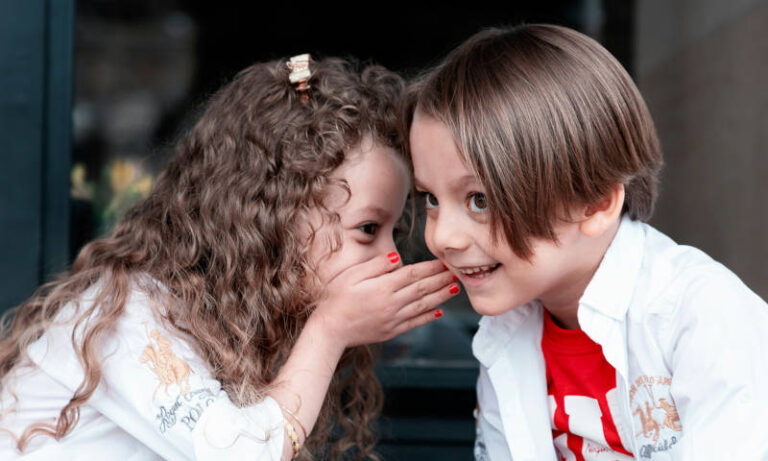
As you might expect, Communication and Language forms the basis of everything that follows as a child grows up. Describing the world as they see it, telling stories about their day, engaging in imagination play and much, much more. This is all non-written – Literacy covers written.
Communication and language goes beyond vocabulary acquisition – it sets the foundation for understanding interactions with others. A child with secure communication understanding can share their needs and wants with others confidently, without even needing spoken language.
As we all know, children understand language before they can tackle the tongue twister that is the English language.
A key way to develop communication and language skills is through quality conversations with adults and peers, and lots of them. Vocal feedback on activities, reading out loud, and encouraging repetition – every time you speak around a child is an opportunity for their communication and language to develop.
Want some activity inspiration for EYFS Communication and language development? Check out our blog post on 19 communication and language activities!
Personal, Social and Emotional Development (PSED)
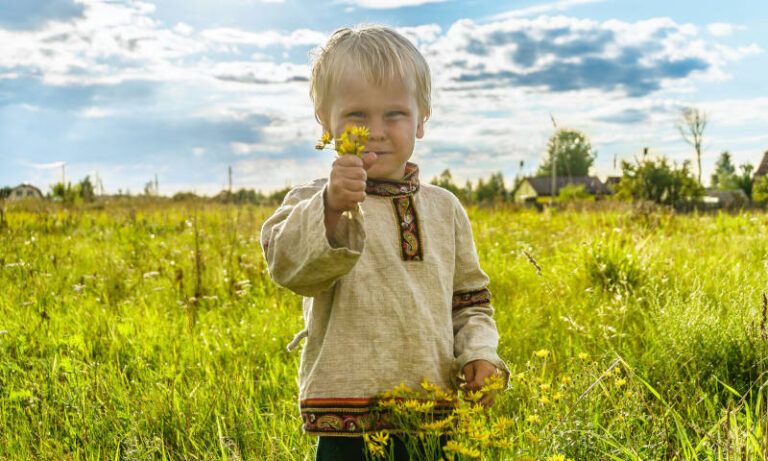
You’ll often see Personal, Social and Emotional Development written as PSED. In a nutshell, PSED is developing an understanding of self and others – and how the two collide.
Personal development includes everything that builds the important foundations for a sense of self. It cannot be underestimated in the early years, as it forms the basis of confidence, measured risk-taking and resilience.
Social development is making (and maintaining) friendships. It involves interactions with others across a whole range of contexts. Social development can also cover how confident a child is to play independently, with another, and in a small group.
And lastly, Emotional development is that all-important self-regulation. You may have heard of the term ‘self-regulation’ as it’s currently a hot topic for Ofsted. Emotional development in early years aligns with where they are in their developmental journey. It’s impacted by a huge host of factors: experiencing trauma as a child is one of them.
If you’re on the hunt for expert PSED advice and EYFS activities to boot, we spoke to Clinical Psychologist Dr Charlotte Dunster-Page to get her views on some of the best PSED EYFS Activities.
Physical Development
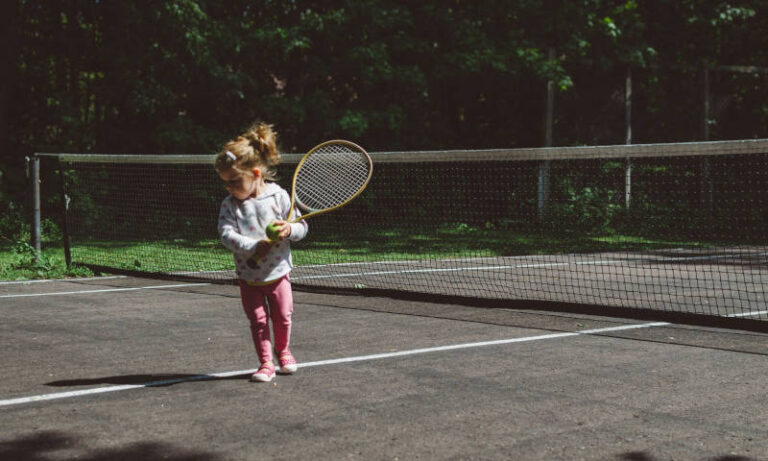
Parents are acutely aware of Physical Development from the very beginning of their children’s lives. When babies start to look back, grab hands, roll over – these all come into play well before the first words and personality make an appearance.
You’ll usually find these split into fine motor skills and gross motor skills. And what that means is doing things with precision (fine) or power (gross). Think the difference between picking up a marble and kicking a football, to use two spherical examples.
Fine skills help with hand-eye co-ordination (which can help with reading – see how the seven areas are linked?), while gross skills aid health, social skills (“kick the ball to me!”) and emotional regulation (“nice try, try again”).
There are ‘amber flags’ when it comes to physical development, early warning signs that a child might not be developing as expected. To find out more about amber flags and some EYFS physical development activities, check out our blog post on it!
What are the four specific areas of learning and development?
The four specific areas of learning and development are built around reinforcing the three EYFS prime areas of learning, while building an interest and enthusiasm for the wider world.
Literacy
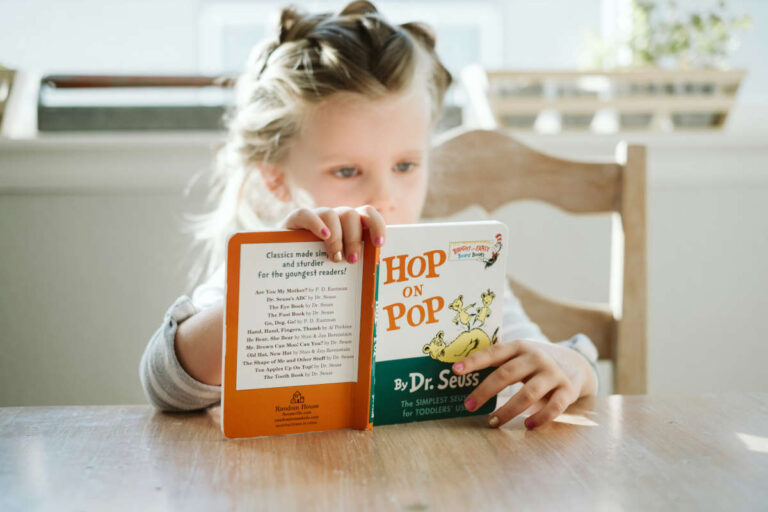
It’s hard to overstate the importance of the ability to read and early reading in children. By learning how stories are told, you can tell stories of your own, and of course understand and navigate the world through the signs that are everywhere in the modern world.
Developing a love and curiosity for reading is essential in the early years. Once a child can read, the learning independence is limitless. It truly is the academic skill that underpins all learning.
There are two parts to Literacy according to the Department for Education – language comprehension and word reading. The first comes from speaking to and around children, reading them stories too, and leads to their first words and sentences.
The second comes from working out what printed words are, to how they’re pronounced, and finally the ability to write them – all with unconscious speed.
A note on English and English as an Additional Language
Though Ofsted doesn’t define this as being ‘English’ literacy, educators and childcare providers must ensure children have opportunities to reach a good standard in English language. You can take reasonable steps for children to develop and use their home language, but their communication skills will be assessed for English.
It could be considered language delay if they don’t have a good grasp of English when assessed.
Want to make literacy even more fun? Try our EYFS Literacy activities!
Mathematics
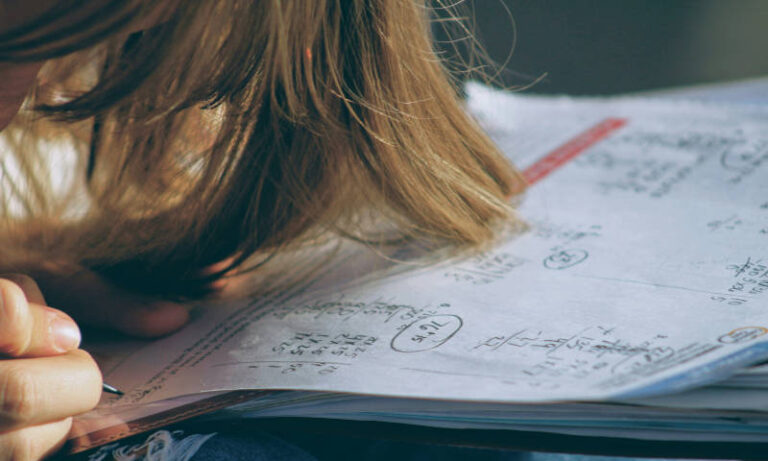
Mathematics in EYFS isn’t concerned with the application of complex concepts – although you will find algebra in early mathematics.
Early maths looks at the understanding of what a ‘number’ is, which is why the numbers they explore pause at 10. There really is no benefit on increasing up the number line if a child doesn’t understand the concept of ‘number’.
Fluency, reasoning and problem-solving are often introduced in Mathematics in Key Stage 1. However, effective early maths teaching will draw on these concepts too.
Let’s look at an example:
The number 8 is in between 7 and 9. But it is also larger than 2 (by quite a considerable amount). It is also linked to the number 4 in a special way. It’s smaller than 10 (but not by much).
Can you see how the number 8 becomes far more than ‘counting 0-10’?
Though it should be noted that children should be able to count verbally beyond 20 when assessed. As once you get to 11 and 21 the pattern of “0 to 9 then add a number before it for the next set of 10 then do it again” reveals itself. They won’t be expected to play with or physically demonstrate numbers this high.
Maths also covers shapes, patterns (algebra in its earliest form, space and measures, but these aren’t covered in the EYFS Early Learning Goals.
Prefer your EYFS maths as easy-to-follow activities? Try these 12 EYFS Maths activities you can count on.
Understanding the World
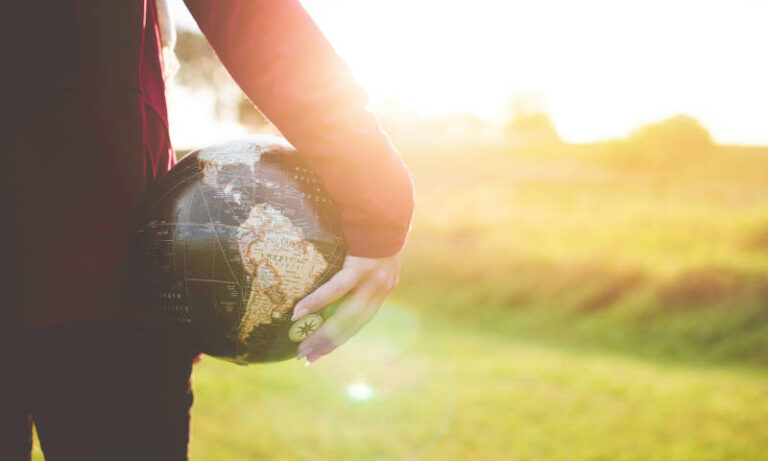
Understanding the World involves a range of experiences and activities. The aim of the game for this specific area of learning is to expand children’s understanding of the world around them and their place in it. This can be from a global perspective as well as in their local community.
This EYFS area of learning can include taking children to parks and libraries, arranging for them to meet people important to their local community, and telling them stories of other cultures, countries and myths.
Taking children to parks demonstrates the Natural World. Meeting people expands their knowledge of People, Culture and Communities. And Understanding the World also includes our history, and comparing the world’s Past and Present.
It’s a pretty big subject! And these EYFS Understanding the World activities will blow them away.
Expressive Arts and Design
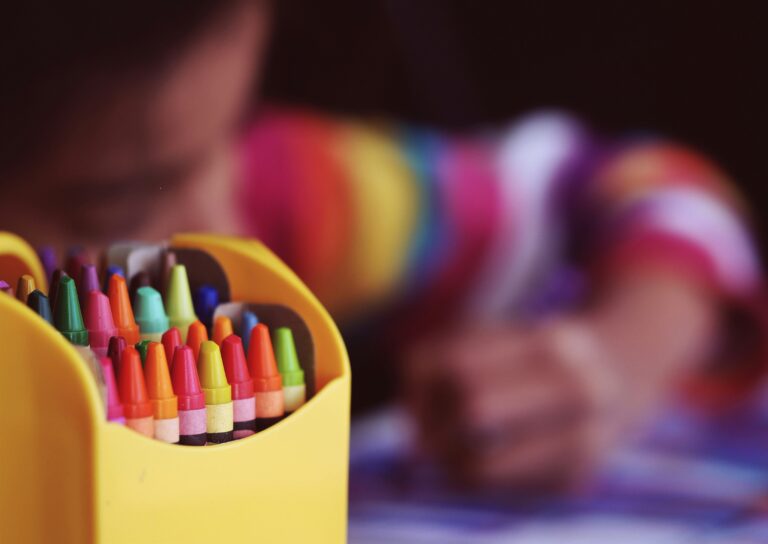
There’s probably very few kids out there who have no interest in Expressive Arts and Design. Getting messy, sticking, scribbling and generally expressing themselves using different resources is great fun, and it helps children develop their imagination and creativity. It also develops their artistic and cultural awareness – who knew macaroni art could do so much?
We don’t need to turn every child into the next Picasso, but being able to communicate through the arts helps children with ‘interpreting and appreciating what they hear, respond to and observe’ [gov.uk, 2024].
It’s easy enough to create artistic activities for kids – they can play with practically anything. But if you’re feeling overwhelmed by the options, have a look at these 15 exciting and expressive arts and design activities.
And what are the Early Learning Goals?
The Early Learning Goals (ELGs) are what children are assessed against as part of the above areas of learning and development. So the EYFS is split into seven areas, which are split into two areas of three and four, which are split into Early Learning Goals of between two and three per area.
It can seem confusing, but that’s why we’ve written an Early Learning Goals overview to make the ELGs a little easier to understand.